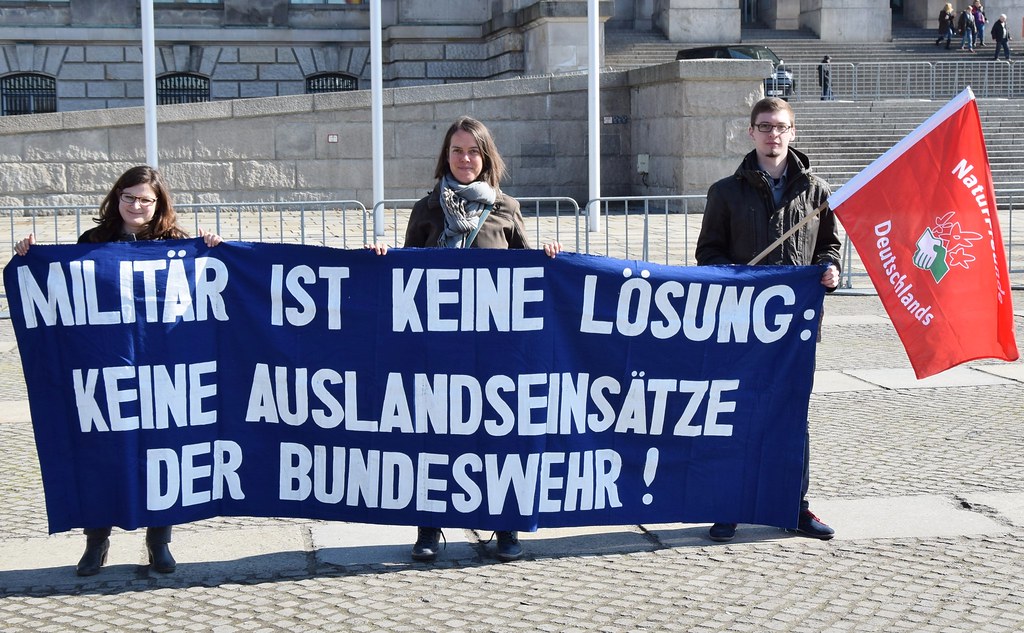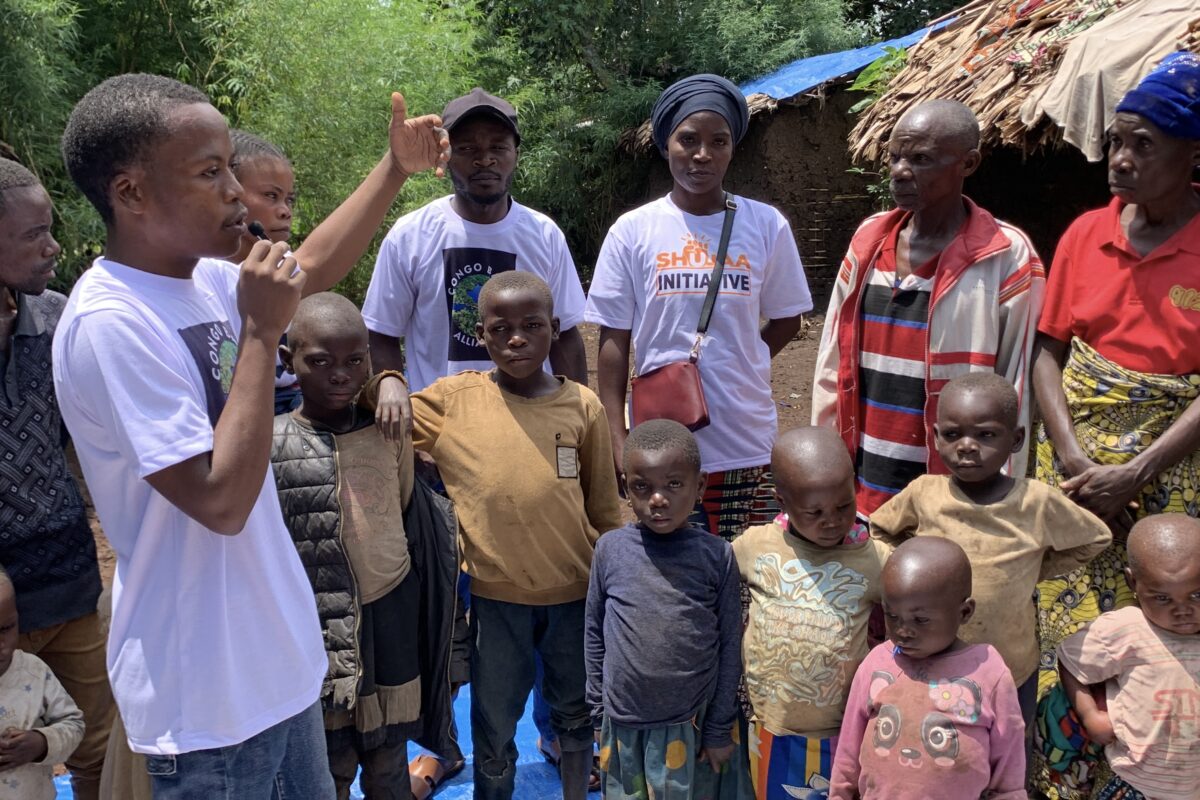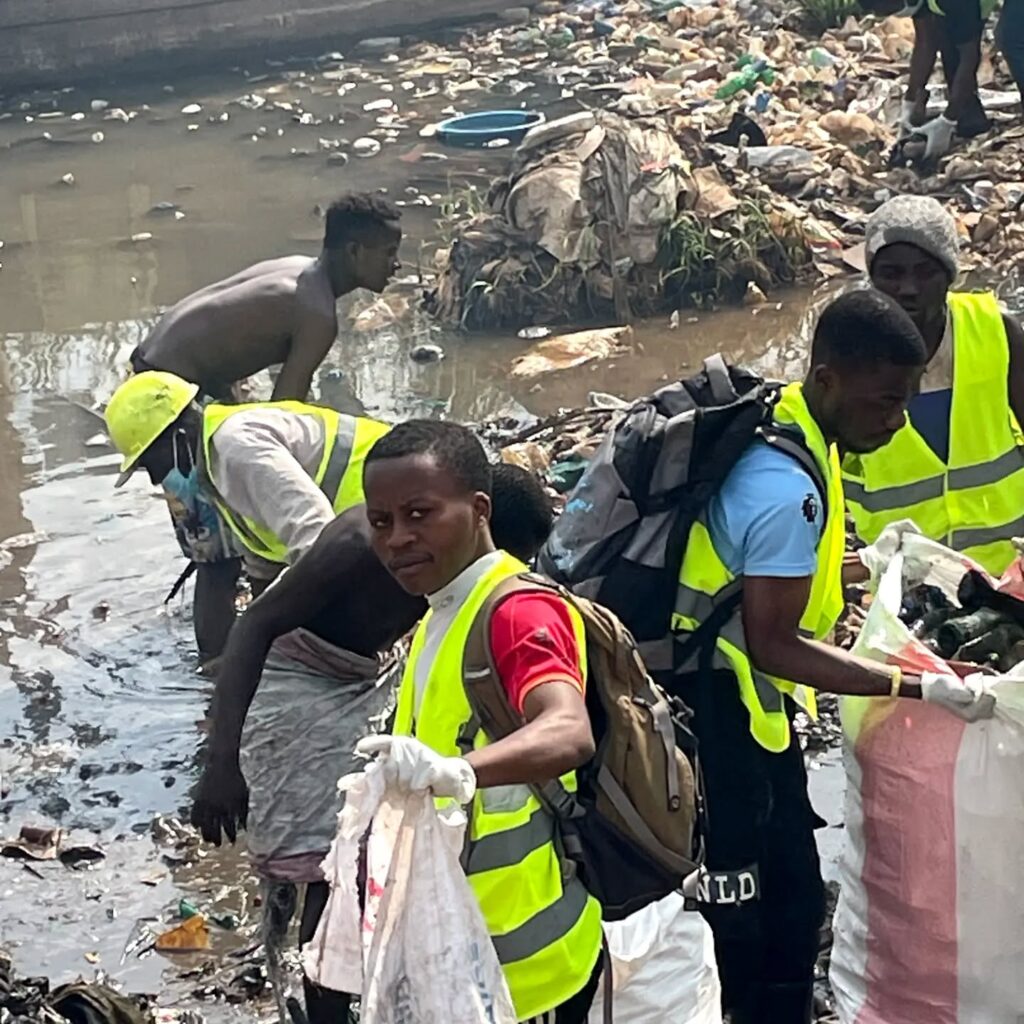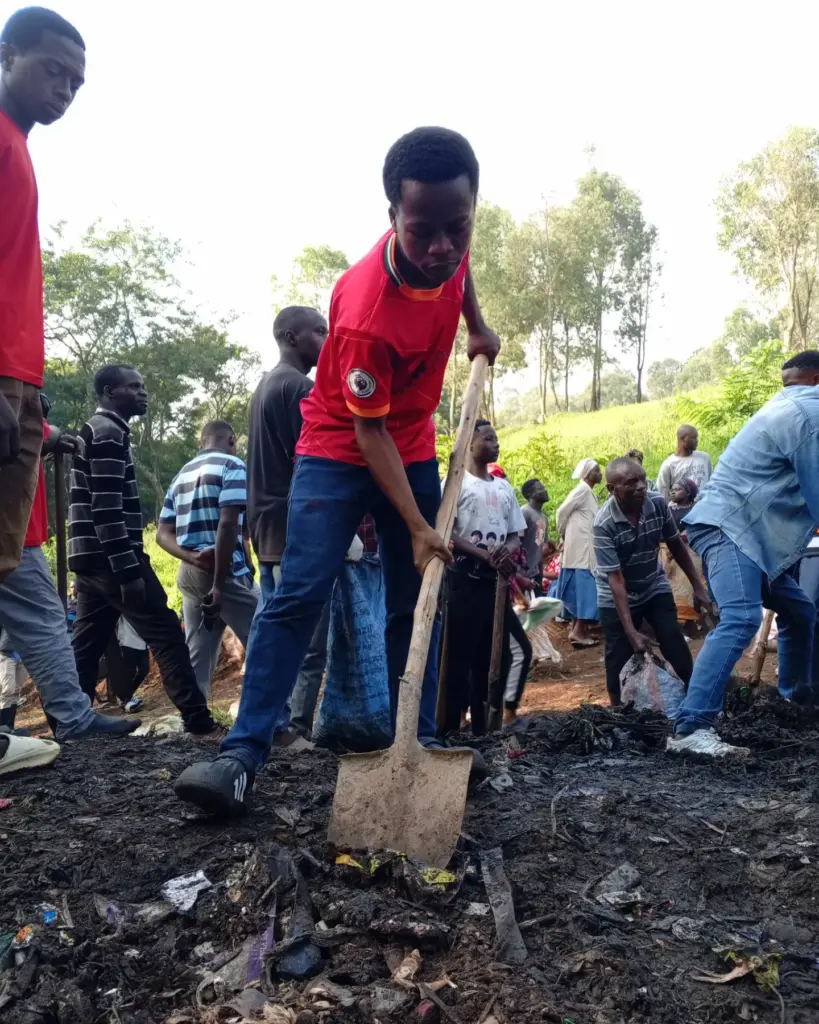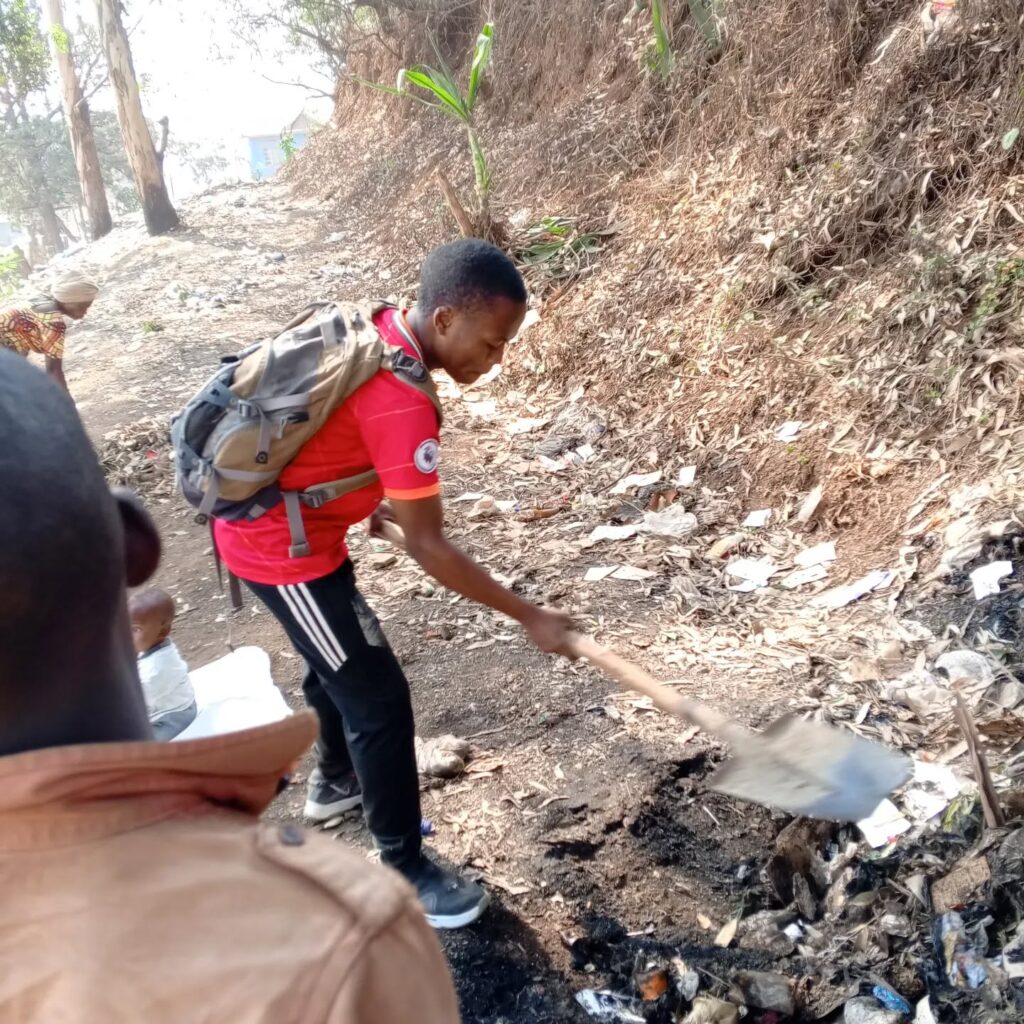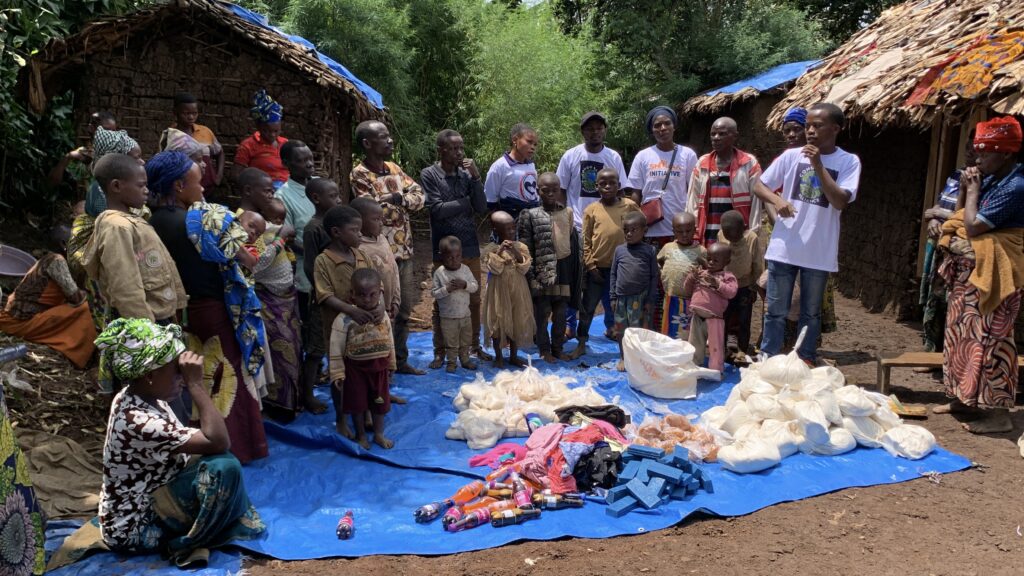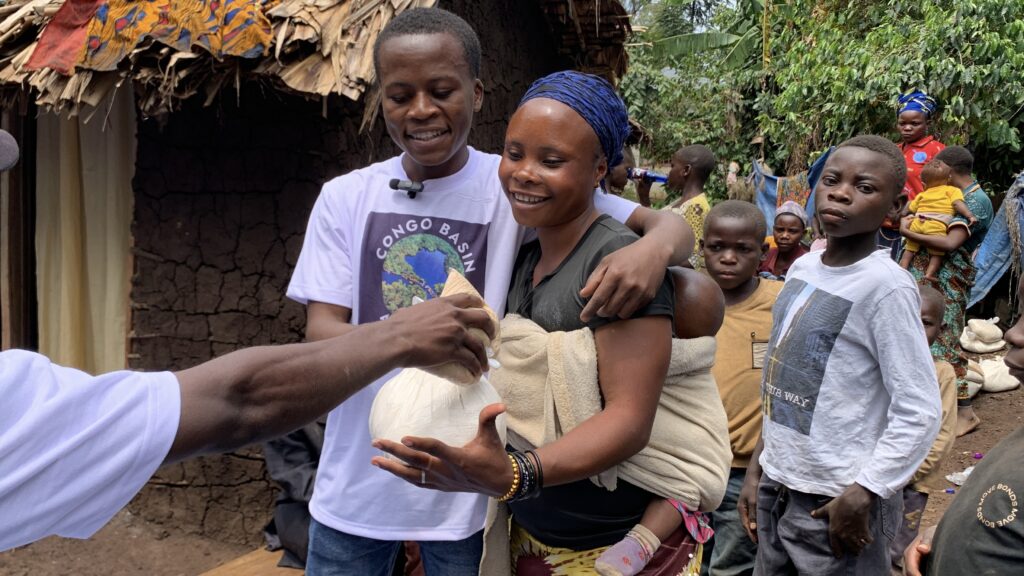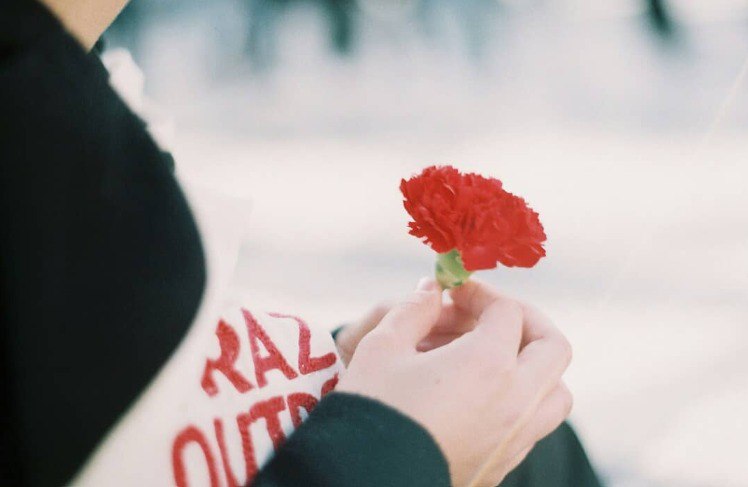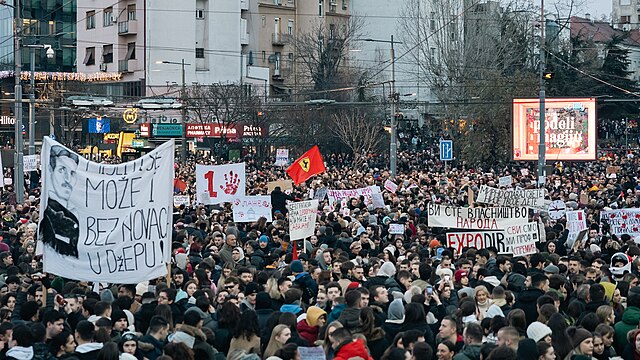The Serbian flag is ours again! Students have cleansed it from the awkward performative tears at the UN General Assembly, and similar political follies. We are obviously collectively unlearning from the war and healing from nationalism. It stands in solidarity with the flags of various Serbian universities and faculties. Absent, however, are the flags of the European Union (as well as those of Russia, or China), which comes as no surprise, considering the hypocritical stance on supporting a lithium-rich stabilocracy. At the same time, Georgia fights a similar battle, albeit with a different dynamic concerning EU and Russia. It seems we have grown exhausted from waiting to join and disillusioned with the EU altogether, so we have decided to achieve the rule of law on our own, refusing to be yet another Krastev’s (2019) copycat. The West has taken far too long to direct meaningful attention toward this movement and publish relevant, multipolar, truth-based reports. Ironically, the pioneering gesture of support from the West came from Madonna.
Today, the primary Serbian identity is that of a protester, be it a student, or a supporter of students. Perhaps for that reason rainbow flags are not there, but members of the LGBTQIA+ community are. These flags are not prohibited. Their absence likely reflects an intelligent sensitivity to the delicate broader context and understanding that the students’ democratic demands implicitly include the protection of everyone’s rights. This is still a much better option than the display of joint rainbow and Israeli flags expressing gratitude to the Israel Defense Forces (IDF) during the March 8th protest in Berlin. Meanwhile, flags representing Kosovo and Metohija as part of Serbia are seen, which I can understand, as the question of territorial integrity is still a core identity value for a large part of the population. It stands for a reminder of the repeated re-election of destructive politicians and of the multidimensional trauma related to the NATO bombing from 1999 that is collectively not yet dealt with.
The Montenegrin flag was also present, which finally feels natural due to the longstanding ties between the two countries that have been politically exploited by each other in the meantime. Additionally, it was encouraging and heartwarming to see Roma people taking part under their flag.
Religious iconography remains prominent, especially on the Day of the Republic of Serbia (15th of February). It could have been perceived as problematic, given its past instrumentalization such as the church-backed protests in Belgrade against the Pride Parade, absurdified by a portrait of Putin, as well as the political position and moral ambiguity of the Patriarch. However, the existing atmosphere seems more aligned with the fundamental values of Orthodoxy. since the students from the Sandžak region, which has a majority Muslim Bosniak population, spoke of never having felt like citizens of Serbia before. Yet, on this occasion of emotional encounter they did, in togetherness and mutual respect for all flags and faiths. Ethnic insignia and traditional customs, once divisive, became symbols of peace in Novi Pazar, embodied in the act of joint carrying of a placard saying “Some uphold tradition, while others uphold corruption”. They wore both Serbian and Sandžak traditional attire on a safe non-distance. Students succeeded in shifting Serbia’s dominant religion from exclusion and hatred, inscribing it within the ethos of “Love thy neighbor”. Paradoxically, reclaiming religious symbols seems to be a necessary step toward achieving a truly secular state.
The Serbian anthem is regularly performed as a communal song in our collective struggle for a country we wish to remain in or return to. After all, such a place is not so undesirable when measured by human-oriented values (not to be confused with anthropocentrism). I once overheard a girl from Germany dismiss Serbian students as mere nationalists for carrying “nationalistic” emblems and performing “nationalistic” musical content. Like many others, she failed to step outside a narrow, and rather ahistorical framework of political “correctness” which often imposes an one-size-fits-all moral judgment.
In the meantime, the Serbian president continues to claim that “foreign services” are behind the students’ blockades, framing it as a co-funded attempt to stage a “colour revolution.” In response, the students reclaimed the narrative, renaming it the “children’s revolution”, and performing a children’s song about a bumblebee who decides to bring order to his meadow, infantilizing themselves in power, honesty, and subversive wit.
Students incorporate traditional music, such as ‘tamburitza’ songs typical of Vojvodina, often adapting the lyrics to reflect the current moment. They also perform national folk dances, something many had distanced themselves from, perceiving them as retrograde. An interesting twist occurred when a cultural and artistic society performed one of these dances while chanting the most popular protest slogan—pumpaj! (explained in more detail below). Connections are forged across all musical genres, in collaboration with the songs’ authors, all allied around a shared goal to change the system. Students have prompted us to reconsider our identity and all that binds us culturally and historically.
In a similar line, choirs, especially children’s ones, play a significant role in most of the protests. This recalls not only the traditions of ancient theatre and Brecht, but also contemporary Germany, where the choir remains one of the core elements of theatrical practice. It invites both audiences and participants to engage with ideas of community, individuality, and collective expression, while advancing the plot and providing background and summary information to aid in grasping (governmental and presidential) performances. One powerful example was a ten-minute collaborative choral performance of Oskar Davičo’s poem Serbia, created by students from the Faculty of Electrical Engineering in Belgrade and the Art Collective Beton Kunst, who explored the right to freedom of speech and the phenomenon of (self-)censorship. Nevertheless, it was absurdly interpreted by pro-regime tabloids as a “satanic cult.”
A key visual motif are red-painted (bloody) hands/gloves, which are the first widely recognized symbol of the protests, intended to signify political corruption and responsibility for social harm. This even resonates, particularly in its violent gestures, with Macbeth and his Lady, who wore long red gloves in a recent staging of the play at the Berliner Ensemble. Nonsensically enough, yet calculated in accordance with international concerns, the government wanted to discredit this symbol, interpreting it as terroristic, appropriated from Hamas (!??), and therefore antisemitic. The protestors’ response was: We are not Hamas, but angry mamas!
Touching upon this topic, Palestinian flags are on the streets of Serbia, especially in Novi Pazar and Belgrade. Their visibility reflects, among other things, a shared resistance to neo-imperial and neo-colonial dynamics, specifically when these are driven by the interests of a privileged few in positions of global power. What unites these movements is a collective demand for freedom and sovereignty, rather than top-down interventions disguised as development. In Belgrade, this sentiment is crystallised in public outrage over the intention to transform the NATO-bombed Yugoslav Ministry of Defence building into a Trump’s hotel. That is yet another of the president’s dirty arrangements against the Law on Cultural Heritage, and an open disrespect of its recent inclusion on the list of Europe’s seven most endangered heritage sites for 2025. This approach to cultural policy supports a dissonant memory that ignores social wounds and the urban fabric of the city. Likewise, Palestinians do not need luxury resorts for the rich built atop sacred ancestral land. There are, luckily, still people with the values above the monetary one who do rise.
The current landscape of global affairs, marked by a tightly interwoven network of oppressors, only strengthens our disruptive resolve. We can do this better, healthier, as organically joyous fighters for shared democratic values evolving this historical momentum into a transnational movement. As it was sung in Belgrade, “You can call me a dreamer, but I am not the only one”, there are Greeks, Georgians, Turks, North Macedonians, Slovaks, Hungarians, even Americans, who not only exchange messages of solidarity, gathering in front of the embassies, but also become co-authors of the dramaturgies of protests. This is intelligently embodied in Pikachu, who hilariously transitions between the streets of Istanbul and Belgrade, occasionally transforming into Dinsta-chu (Srb. dinstaću, meaning I will stew), which is a version of the newest performative word dinstanje (stewing), introduced by a university professor and political activist, to describe what is to be done with a chewy 13-year old “beef” in order to finally change the regime and the system. The other one is pohovanje (battering) due to the manifestation of civil disobedience in throwing eggs on corrupted politicians, their properties, and relevant institutions all over Serbia. It is certainly our specificity to even politically move around food-related verbs. The book students used to organise their plenums and blockades is titled Blockade Cookbook, which echoes the elevated significance of cooking in the Balkans. An important gestus to mention here is pumpanje (pumping). Students and citizens are determined that there must be no deescalation of tensions – change demands much more pressure. As a result, the bicycle pump became a political object, an object of performative resistance in Serbia, and Pumpa-chu (Srb. I will pump) also emerged.
Students employ humor, irony, and cross-genre creativity to generate new energy. They respond to violence with non-violence, to stupidity and lies with their opposites, radically transforming the ethical architecture of Serbia. They move their thoughts and bodies across borders. They do not put issues under the carpet. Having grown up without relying on the state, they neither expect nor easily accept its offerings. This makes them difficult to corrupt. They are patient in their struggle for democracy, of which so little remains globally. They do not fight against the president, as even some foreign media have inaccurately implied, but for the rule of law. They must be the children Maya Angelou spoke of: “To be that thing in your heart, you have to have courage (…) The truth is no one of us can be free until everybody’s free, and every one of us needs to say to our children: Children, this is your world! Come out, stand out, earn it!” And they did!
Written in February as part of an analysis of the performativity of the students-led protests in Serbia.
The Students Blockade were initiated on 25th of November at The Faculty of Dramatic Arts in Belgrade, after a violent reaction from “random” passersby in an “extreme rush” towards students and citizens who were silently protesting for 15 minutes to honour 15 people (today 16) killed by the state-based corruption in Novi Sad, just in front of their Faculty in the Boulevard of Arts. It triggered a social turn propelled by students’ determination to stop the brain drain and stay in Serbia, with one catch: to change the country instead of changing the country. A way to that destination is envisioned through the fulfilment of their Since April 6th their non-negotiable demands are:
- Complete documentation and accountability for the collapse of the canopy
- Dismissal of unfounded charges against arrested and detained students and other co-protesters.
- Identification and prosecution of those who attacked students and citizens
- Increased budget allocations for universities
- A thorough investigation to determine all the circumstances and responsibilities related to the incident that caused fear and panic on March 15.
- Accountability and protection of medical patients
In other words, the public institutions need to be depoliticised to fulfil their roles according to the Constitution of Serbia. This would immediately proclaim the president as “not authorised” for most of the roles in state and foreign affairs he has been nonchalantly taken over for shamelessly long. The students are organised in plenums operating as a plurality, without a leader. All decisions are made through direct democratic practices of voting on their daily meetings facilitated by rotating moderators.
Meanwhile, the university blockade spread across Serbia. As Žižek has noted, they evolved into the greatest students movement in Europe since 1968. Today it is more accurately framed as a students-led citizens’ protest.
